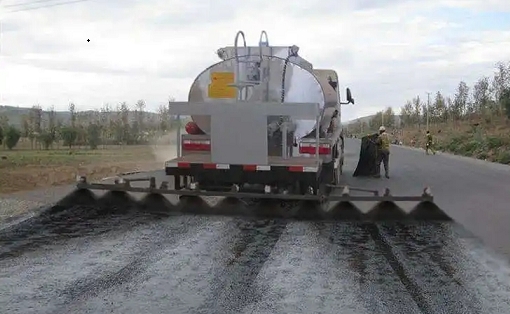Bitumen melter equipment caters to and meets market demand
With the rapid development of highway construction and the increase in demand for asphalt, barreled bitumen has been widely used for its convenient transportation and easy storage. In particular, most of the high-performance imported bitumen used in high-grade highways is in barrel form, which requires an bitumen melter equipment with fast melting speed, clean debarreling, and prevention of asphalt aging.
The upper part of the debarreler of the bitumen melter equipment is hotter, and each barrel is directly heated by the heat transfer oil coil. The barrel wall directly bears the heat radiation of the heating coil. The asphalt is cleanly and sensitively debarreled, and there will be no waste of asphalt hanging barrels. According to the principle of layered heating, four-layer heating technology is adopted, with single inlet and single outlet of heat transfer oil, and high thermal efficiency of heating; at the same time, the waste heat of combustion exhaust gas is used for secondary heating, and power is effectively used; the debarreler body is insulated with high-quality rock wool material. It is suitable for various types of imported and domestic barrels, and the deformation of asphalt barrels will not affect production.
With the rapid development of highway construction and the increase in demand for asphalt, barreled bitumen has been widely used for its convenient transportation and easy storage. In particular, most of the high-performance imported bitumen used in high-grade highways is in barrel form, which requires an bitumen melter equipment with fast melting speed, clean debarreling, and prevention of asphalt aging.
The upper part of the debarreler of the bitumen melter equipment is hotter, and each barrel is directly heated by the heat transfer oil coil. The barrel wall directly bears the heat radiation of the heating coil. The asphalt is cleanly and sensitively debarreled, and there will be no waste of asphalt hanging barrels. According to the principle of layered heating, four-layer heating technology is adopted, with single inlet and single outlet of heat transfer oil, and high thermal efficiency of heating; at the same time, the waste heat of combustion exhaust gas is used for secondary heating, and power is effectively used; the debarreler body is insulated with high-quality rock wool material. It is suitable for various types of imported and domestic barrels, and the deformation of asphalt barrels will not affect production.


































